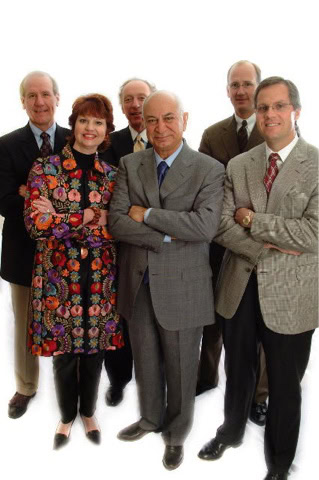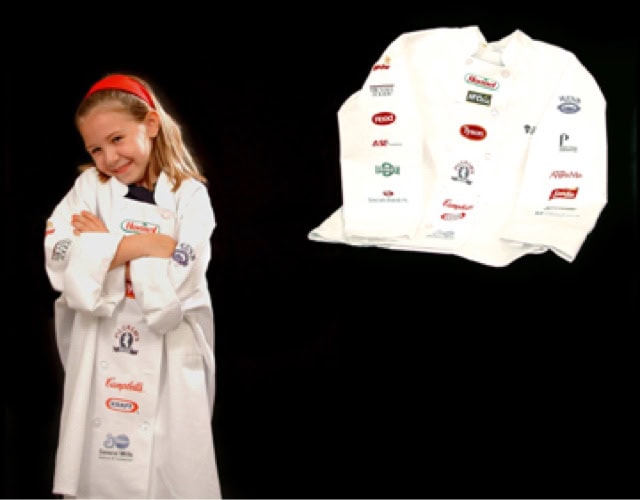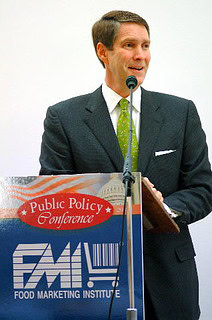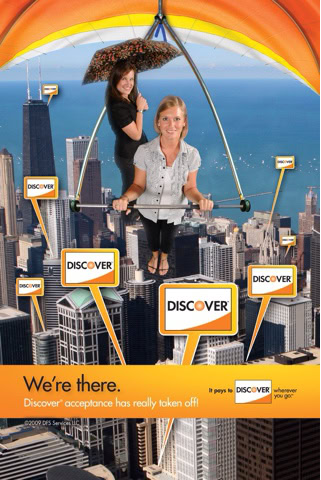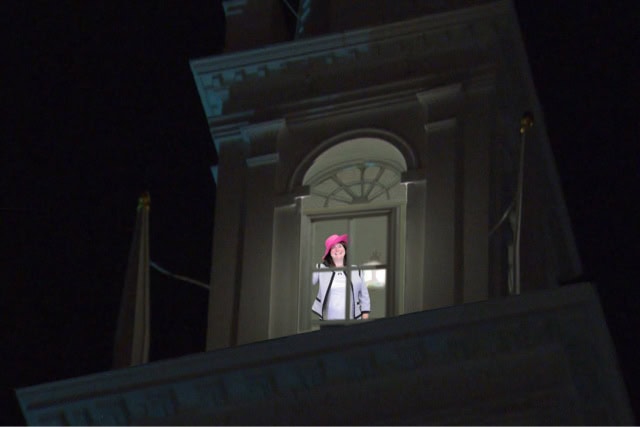The Business of Photography Part 2: Giving them what they want.
In the last blog post, I started a rambling discussion on the business of photography. While your eyes may have glazed over, there is a method to my madness: so many photographers are ARTISTS (as in, Ohhhhhh, Mi Cherie! I am an ARTEEST!”) and not business people. Then they become frustrated as two things happen:
First, their mortgage is foreclosed. Second, no one sees your ART.
It doesn’t matter how talented you are, it makes no difference what school you attended or what degree you have, what professional groups you join, or what art you create — if you are a sucky business person, you are doomed.
And, almost by definition, ARTESSTS are sucky business people. Even proudly so. I’ve seen photographers obsess over their web site to the point they have no web site. I’ve seen photographers buy equipment based on the recommendations of an over zealous sales person, and not to fit their needs or their work flow. I’ve seen artists create beautiful images for a client — but not images their clients want, rather images the photographer wanted to create.
“I can’t use these,” is perhaps the most frustrating of client reactions, and is (almost always) a direct result of not understanding client goals.
Photographers email me constantly. “How can I be successful?” Followed by a link to their work. Work which is often breathtaking.
Almost always, they’ve focused their niche — which is a great start, having a niche — on something that interests them. Well, that’s great, and in many cases, why we become photographers. But what happens if what fascinates and inspires you doesn’t fascinate and inspire clients?
Here’s what happens: no one buys your art, even if it’s spectacular. If no one buys your art, you go broke. If you go broke, you have to pawn your equipment on Pawn Stars. If you pawn your equipment on Pawn Stars, you become the crazy guy on the corner shouting you used to own a Prius and the rapture is coming, perhaps not in that order. You are no longer a photographer, but someone drinking cold Starbucks from the trash.
So, the fist step to avoid drinking cold Starbucks from the trash is to develop a niche, but to develop a niche people want.
A niche that sells.
A niche that is profitable.
Then, that niche becomes your product — and the next step is to market that product to potential clients.
When I started as a photographer — even before my initial journalistic success from covering the disaster of September 11, 2001 — I decided, like many just starting out, I wanted to produce ART.
FINE ART. Art that hung in galleries. Art people would want to buy, and display in their living room above their sofa. Art to be featured on those “starving artist liquidation sales” at the Holiday Inn, with a $99.99 version of my print, sofa sized, and in a gold leafed frame. A fairly modest goal.
With that in mind, I rose from bed at the crack of dawn, and ventured to Assateague Island on Virginia’s eastern shore, to photograph the world famous wild ponies.
And, I struck artistic gold. Out in a remote part of the island, accessible only by hiking through wet, tick infested marsh, I stumbled upon a mare and her foal, standing side by side, in a postcard moment.
The photos from that excursion (and you haven’t lived until you’ve “de-ticked” in your 30 year old car after realizing the Lyme disease blood suckers are all over you) became my first art exhibition, Whispers from the Backwater.
I always had an interest in multi-media, so I took those photos and choreographed them to prose (which I wrote) and music, creating an exhibit (what would now be considered a Power Point) that scrolled on monitors around the exhibit, next to the large, 16×20 framed prints.
Further, I wanted a free standing display with it’s own track lighting, so no matter where I set it up, it looked consistent. Further, I wanted the display portable, with it’s own walls, so I could erect it in, for example, a shopping mall.
To create the exhibit, I spent roughly $2,000 on materials for the display — doors painted white that became the walls when hooked together, track lighting with track heads that stretched across the doors to light the photos, frames, matts, old computer monitors from the state surplus store, everything.
Then, I created greeting cards of each print to go with (and be sold at) the display, along with a CD Rom (DVD didn’t exist) of the “Power Point” presentation. (Then it was actually Corel Word Perfect.)
$2,000 was a lot of money for me to invest. My ex was not happy. I did it anyway.
And, a few local galleries wanted to host the exhibit! Wow, step one, check!
The Globe, a fairly prestigious local gallery in Berlin, Md, the Wicomico County Arts Council, even the local Simon Mall all said they’d host the exhibit.
And sales from those greeting cards and CD’s? They paid for the exhibit, right? Perhaps a trip to Cancun, too? Not to mention the prints sold? Surely those would generate revenue. That was the plan.
I’d estimate I pulled in about $300 in sales. Total. Notice that’s missing a few needed zeros.
Weeks of work only to gross minus $1700.
And at one exhibit, which was actually judged (or juried in art speak), the judge said to me, “Oh, dear. Your work is…
…..
…..
just so….”
Did she finish that sentence with “beautiful”? No.
“….just so ….”
(SNEER)
“…commercial.”
She spit the last word out. Like she said “maggot” or “US Air”.
But it was a wake up call for me. The whole “commercial” thing, I mean.
Commercial. Was that a bad thing?
Here’s a family story. My dad, as many of you know, is a very successful writer. When I say successful, I mean I had no idea, until I moved out on my own, how successful. I grew up with HORSES for God’s sake. I wanted for NOTHING. Between my mom, a successful photographer, and my dad, I didn’t owe a dime for my college education. Despite a six year plan (and, no, I don’t hold a masters).
And I shouldn’t say this, but dad does have a famous saying. A Golden Rule of Business.
And I just can’t write that Golden Rule — which is anything but biblical– in good consciousness. Suffice it to say, it’s a colorful version of “give the client what they want”. I can’t write it. It’s just too, what do prosecutors call it? Inflammatory. But that doesn’t mean it’s not a great golden rule of business.
Commercial.
What does that mean, exactly? Your work is too commercial. Does that mean “sell-able”? “Market-able”? Trite?
Commercial.
Maybe that’s where my niche was. A realization dawned. If my work is commercial, perhaps, just perhaps, I needed to focus my niche on shooting for the commercial photography industry?
What would that look like? What photos are purchased –what images are purchased — to be sold commercially?
Commercial.
Now there’s a thought.
A seed was planted by that sneering judge. A seed that would grow a short time later after a cab ride with my dad in Las Vegas.
And that’s the next chapter.
Here’s a greenscreen photo mock up for a client that fit that Hilary Clinton laughing rule above — but that the client didn’t like. This for a Boston shoot, I call it One if by Land. It’s great and I love it — but what’s the golden rule? Give the client what they want.
This image they did want. I also laughed out loud when it was finished. SCORE! Now to create five more.

